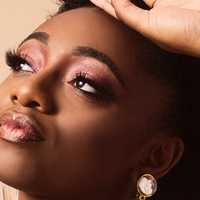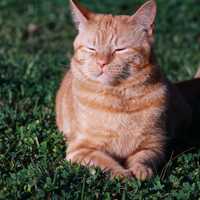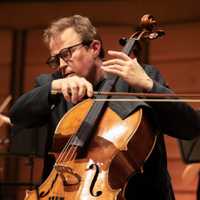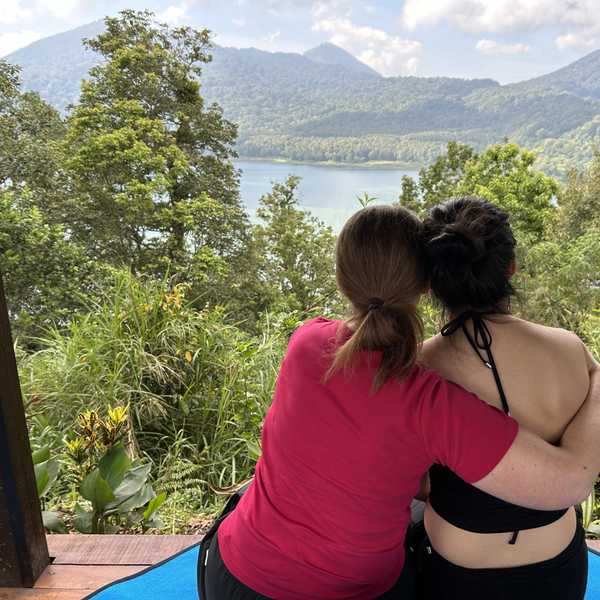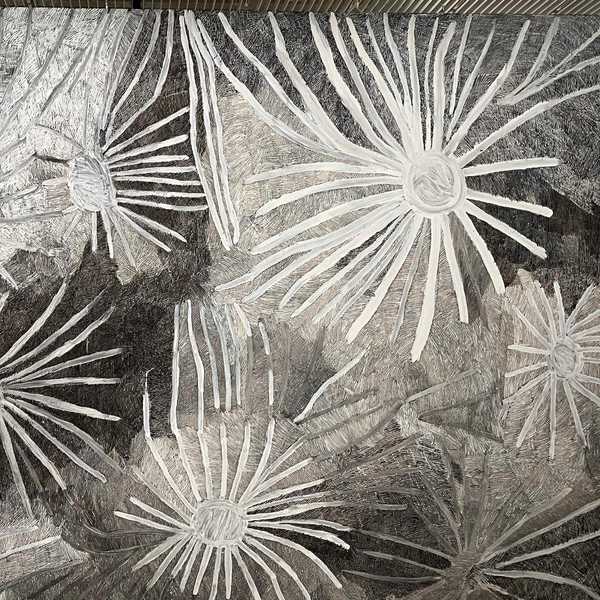
Join me, Jane Raffan, on Arts Monday 30 May for a program that takes an in-depth look at the cultural afterlife of criminal evidence.
This week, Sydney University is hosting a photography symposium that will explore the relationship between photography’s ontology (philosophical study of the nature of being), the camera as a human perceptual apparatus and the unconscious, through themes of evidence, the archive, photographic practice and theory.
The first session features Professor Katherine Biber’s paper, “Dark Archive: Forensic Photography, Visual Evidence and the Museum”, which focuses on Sydney’s Forensic Photography Archive (FPA) – the world’s largest collection of police photographs, created by the NSW Police from 1910-1964.
Biber’s paper (and soon to be book) explores the nature and value of the FPA, as well as the sensitivities and dangers associated with its proliferation:
“Formally regarded as part of the court record, and subject to the rules of evidence within the trial, beyond the trial this material has aroused the interest of artists, publishers, historians, curators and journalists who wish to access and use this material for a wide range of purposes, some of which might be transgressive, dangerous or insensitive.”
Biber “investigates how these practitioners use criminal material in its afterlife, how they place different value upon its criminal and probative origins, and whether and how they draw limits or place boundaries upon their own creative endeavours. It sets out some of the frustrations they have articulated about barriers to accessing the collection, as well as disputes between them about aestheticising crime and trauma, and disagreements about whether and how to depart from the historical record in pursuit of creativity or fiction.”
The program’s interviews with Sydney Living Museum curator Nerida Campbell focus on the PFA and two of the exhibitions it has spawned: City of Shadows (tune in) and Suburban Noir (link below).
And the music? In keeping with the tenor of the show I’ll be playing film noir scores and avant-garde jazz vignettes that evokes the period and underworld moodiness.
More on the Sydney University Photographic Cultures symposium
More about Professor Katherine Biber
And check out this fabulous trailer for Australian composer and sound artist Rachael Dease’s NY Fringe Festival winning song cycle based on the archive:
More about Rachel Dease
As always, I look forward to your company, 10:30 to noon.
Jane
Share "Dark Archive: Forensic Photography, Visual Evidence and the Museum"
Copy

